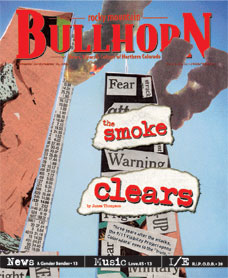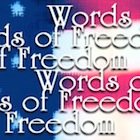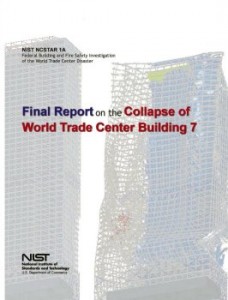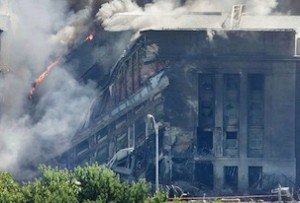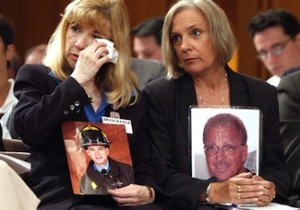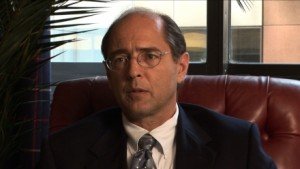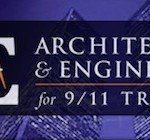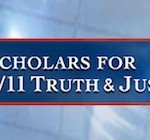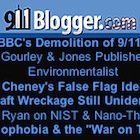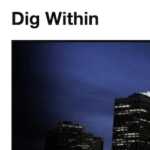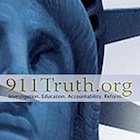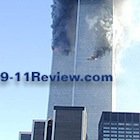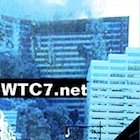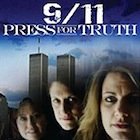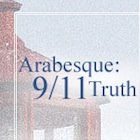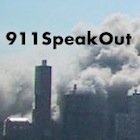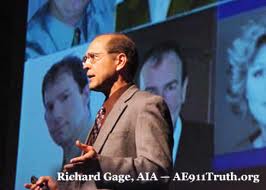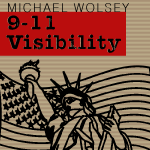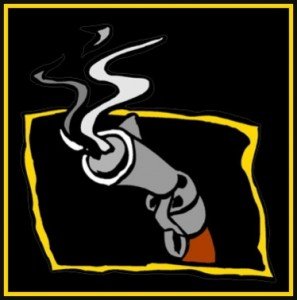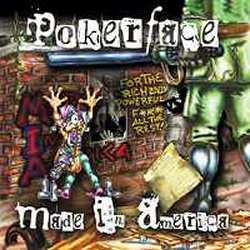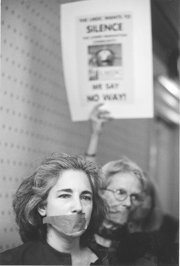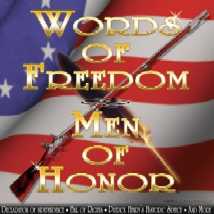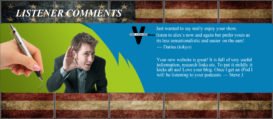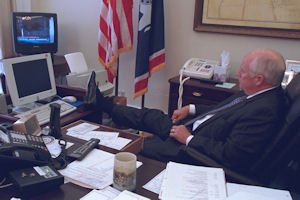 Dick Cheney, as vice president of the United States, had an important role to play when America came under terrorist attack on September 11, 2001, and yet he appears to have taken no significant action until the attacks were over. He did nothing to initiate or implement a government response to the crisis until it was too late for his actions to make a difference to the outcome of the attacks.
Dick Cheney, as vice president of the United States, had an important role to play when America came under terrorist attack on September 11, 2001, and yet he appears to have taken no significant action until the attacks were over. He did nothing to initiate or implement a government response to the crisis until it was too late for his actions to make a difference to the outcome of the attacks.
Cheney, who was at the White House on the morning of September 11, was alerted to the first crash at the World Trade Center shortly after 8:46 a.m., when it occurred. He followed the coverage of the incident on television and saw the second hijacked plane crashing into the Trade Center at 9:03 a.m.
And yet, even though he realized then that the U.S. was under attack, he had no serious discussions with other officials about how to respond and failed to issue any significant orders. By the time Secret Service agents came and evacuated him from his office, more than half an hour later, practically all he had done was watch “developments on the television” and start to “get organized to figure out what to do,” according to his own recollections.
The vice president did eventually act with the kind of urgency and decisiveness we might reasonably have expected from him. For example, he authorized American fighter jets to shoot down aircraft that were believed to have been hijacked, so as to prevent terrorists from crashing them into targets on the ground. He was also involved in getting congressional leaders and some cabinet members evacuated to a secure facility outside Washington, DC, and helped Secretary of Transportation Norman Mineta track aircraft after all planes in U.S. airspace were ordered to land. But by the time he started taking this more active role, the fourth and final plane to be hijacked that day had reportedly crashed in rural Pennsylvania and so the attacks were over.
CHENEY AUTHORIZED THE MILITARY TO SHOOT DOWN SUSPICIOUS PLANES
Perhaps Cheney’s most significant action on the morning of September 11 was arranging “rules of engagement” for fighter pilots, authorizing them to shoot down hostile aircraft. It was clearly important for the military to be given this authority, since shooting down a hijacked aircraft might have been the only way to stop the hijackers crashing it into a target on the ground and killing perhaps hundreds of people in addition to the plane’s passengers.
Although shootdown authorization needed to be issued by the president, Cheney’s involvement with giving it appears to have come about because President George W. Bush was away from Washington when the attacks occurred and so Cheney was the most senior official at the White House.
Arranging for the military to have this authorization presumably ought to have taken place as early as possible. At the latest, efforts should surely have begun at 9:03 a.m., when the second hijacked plane crashed into the World Trade Center and it became clear that America was under attack. And yet Cheney only told the military it was authorized to shoot down hijacked aircraft shortly before 10:15 a.m. and got the president to retroactively give his approval for this authorization in a phone call at 10:18 a.m. In two earlier calls between Bush and Cheney, the subject of shootdown authorization was never discussed. The military therefore only received authorization to shoot down hostile aircraft after the attacks ended.
Another significant action Cheney was involved with was getting those in the presidential line of succession–officials who might have had to take over as president if Bush was killed or incapacitated–to a secure location outside Washington in line with the “continuity of government” (COG) plan, which was intended to maintain a functioning government in the event of a catastrophic emergency.
Cheney claimed this task was one of his priorities on September 11. And yet he took no action to get those in the presidential line of succession to a secure location after he saw the second hijacked plane hit the World Trade Center on television, even though it was then clear that a catastrophic emergency was taking place. The order to activate COG was given by Richard Clarke, the White House counterterrorism chief, without any prompting from the vice president and Cheney only started implementing the plan at some point more than an hour after the second crash occurred.
